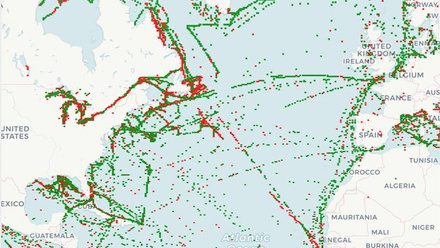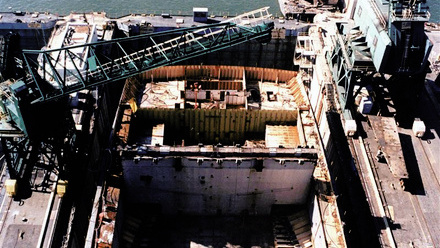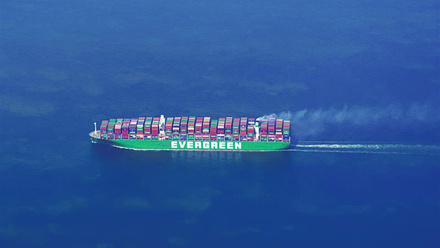E-methanol reshaping the maritime industry
Shipowners are weighing up the pros and cons of alternative fuels to help them meet climate change commitments.
Moving to alternative shipping fuels involve complex calculations, involving the age and composition of the existing fleet, the evolving regulatory landscape and the emerging market trends that could see early adopters stranded should they back the wrong fuel.
Each of the competing fuels has its own distinct challenges. Ammonia and hydrogen, for example, require specific storage solutions due to their toxicity and cryogenic needs while emerging synthetic e-fuels can be expensive and hard to source. Methanol presents a more seamless transition as it remains a liquid at ambient conditions and is compatible with existing bunkering infrastructure, but it has a lower energy density than conventional fuels so ships may need larger storage volumes to maintain the same range.
Jason Stefanatos, Global Decarbonization Director at DNV, says it’s too early to declare a frontrunner in the energy transition. “The industry is exploring multiple solutions, and methanol is among the viable options,” he says, noting that the global supply of green e-methanol is still limited.
“There is no well-established spot trading market for the fuel, making it difficult for shipowners to secure [a] consistent and competitively priced supply. Engine compatibility is another challenge, as there are relatively few marine engines designed to run on methanol.”
Stefanatos points out that, in its favour, methanol does not require cryogenic storage or complex safety measures, making it less challenging to integrate into existing maritime operations. “Methanol-fuelled vessels are already in operation, with the first methanol-powered tanker delivered in 2016,” he adds, noting that the growing number of methanol-fuelled vessel orders suggests increasing interest and industry confidence.
“As operational experience accumulates and supply chains develop, adoption is likely to expand. The pace at which this happens will depend on how quickly demand grows and how effectively the industry can scale production and infrastructure.”
Regulations, markets and infrastructure
For any fuel to break through, three key factors must align: regulatory support, market demand, and infrastructure development. E-methanol is gaining momentum because it offers a scalable and practical pathway to decarbonisation, says Lotte Rosenberg, CEO of Carbon Recycling International (CRI), which is actively developing e-methanol projects with industry partners across multiple continents.
“The fuel that ultimately succeeds will be the one that balances regulatory alignment, economic feasibility and seamless integration into existing supply chains,” says Rosenberg.
She points out that not only does e-methanol leverage existing infrastructure more efficiently than ammonia and hydrogen, because it uses renewable energy and captured COâ, it transforms carbon into a valuable resource, which helps underpin effective carbon markets to support the energy transition.
Safety is another key advantage. While ammonia poses toxicity risks and hydrogen requires complex cryogenic storage, e-methanol is easier to handle, making it a practical choice for widespread adoption. Even so, as with all new fuels, e-methanol will require proper crew training and safe handling procedures.
It helps that crews are already gaining experience with the fuel, as a growing number of ships are retrofitted with dual-fuel methanol engines that in future could run on e-methanol.
Major shipping companies such as Maersk and COSCO are already investing in methanol-powered fleets, and CRI expects methanol to be the fastest-growing fuel in the marine sector in the next decade.
“By 2030, we anticipate a significant portion of newbuilds and retrofitted vessels to be methanol-capable, driven by policies such as FuelEU Maritime and international emissions reduction targets,” concludes Rosenberg. “The real tipping point will come as production scales up and costs become more competitive with conventional fuels, allowing shipowners to fully integrate e-methanol into their operations.”
For now, many shipowners are still mulling over their options, but the coming years are likely to see one fuel gain momentum and become the clean choice for shipping.
Listen to IMarEST's Ship Energy and Environment podcast on alternative fuels or by searching 'IMarEST' wherever you get your podcasts.
Tell us what you think about this article by joining the discussion on IMarEST Connect.
Image: Maersk’s methanol-powered container ship Laura Maersk; credit: Alamy.





